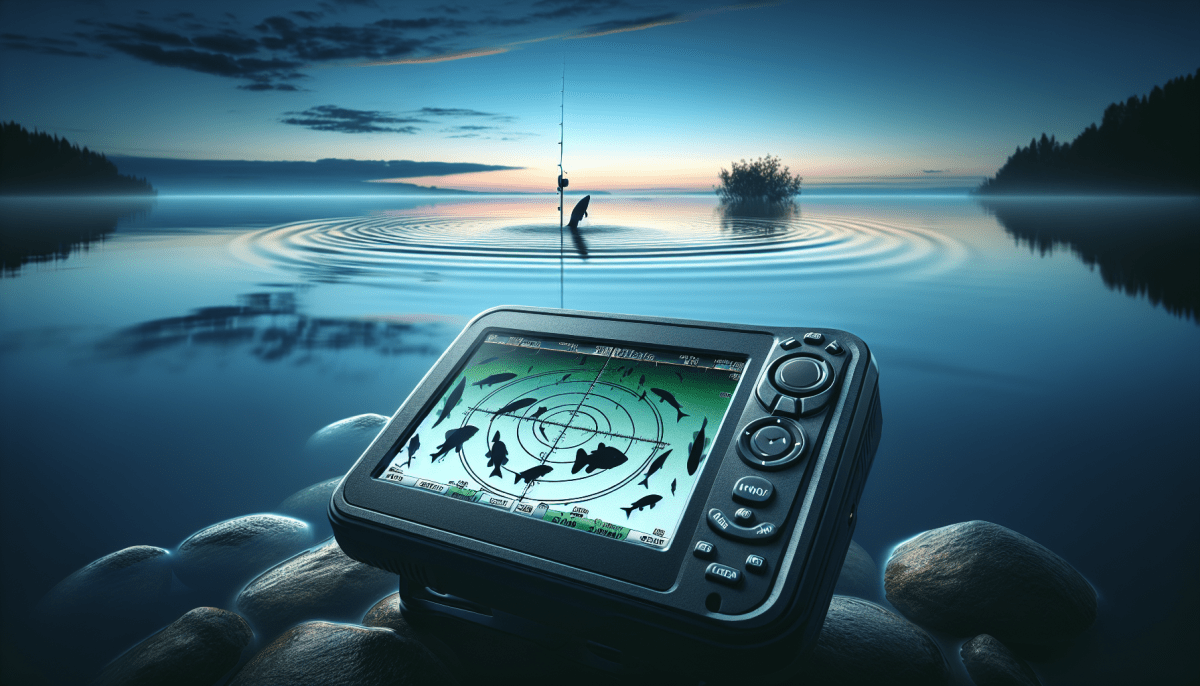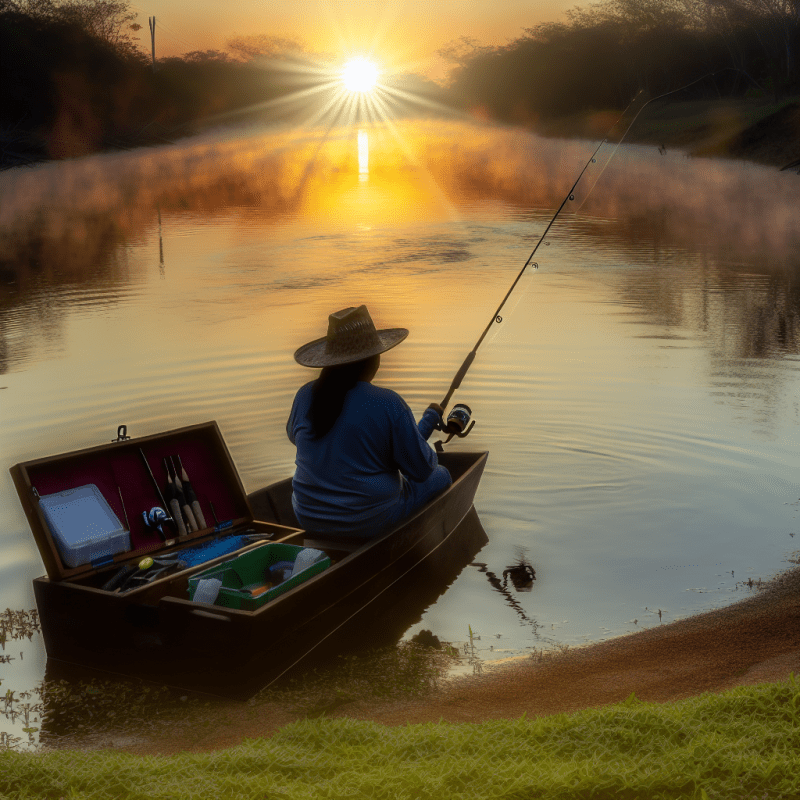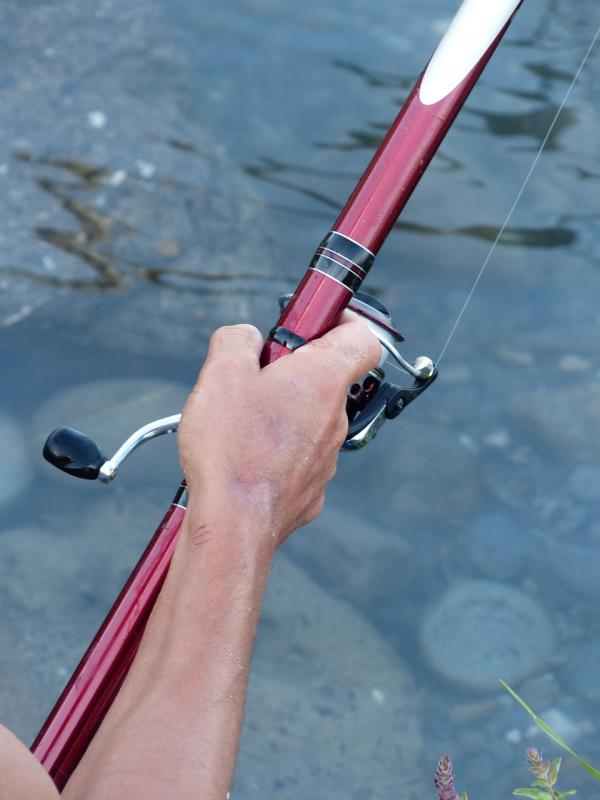First off, consider the type of fish finder that fits your style. Do you fish in shallow waters or deep lakes? For shallow water fishing, a basic model with 2D sonar might do the trick. But if you’re planning on heading out into deeper waters, look for a unit that offers 3D or side imaging sonar. These will give you a better view of what’s happening below the surface.
Next, think about the display. You’ll want something that’s easy to read, especially in bright sunlight. Look for fish finders with high-resolution screens – they make spotting fish a lot simpler. And if you're often out in bad weather, consider one that's waterproof and rugged. You don’t want your equipment to quit on you when you need it most!
Lastly, keep your budget in mind. There are great options at every price point. If you're just starting or don’t fish often, a mid-range model could be perfect. But if you’re really passionate about fishing and want all the bells and whistles, investing in a high-end unit could pay off in the long run with better features and durability.
Top Features to Look For
When you're in the market for a fish finder, it’s essential to know what features will make your fishing trips more enjoyable and productive. Let's dive into the top features you should keep an eye out for!
Sonar Technology: Look for fish finders that use either traditional sonar or CHIRP (Compressed High-Intensity Radiated Pulse) technology. CHIRP gives you more detailed images and can help you spot fish more easily.
Display Quality: A clear, bright display can make all the difference, especially in direct sunlight. A color screen is often easier to read than a black-and-white one, so consider investing in a model with a high-resolution display.
GPS and Mapping: Built-in GPS can help you mark your favorite fishing spots and navigate unfamiliar waters. Some fish finders come with preloaded maps or allow you to create your own, which is super handy!
Portability: Think about how you plan to use your fish finder. If you’re fishing from a kayak or small boat, lightweight, portable models are ideal. On the other hand, if you have a larger boat, a fixed unit might work better.
Power and Frequency: Higher wattage means better performance, especially in deeper water. Plus, having multiple frequency options allows you to adjust based on where you’re fishing. Lower frequencies are great for deep water, while higher frequencies work well in shallow areas.
By keeping these features in mind, you’ll be well-equipped to find a fish finder that fits your fishing style and needs. Happy fishing!
Budget Options to Consider
If you're on the hunt for a fish finder but don't want to break the bank, you’re in luck! There are some fantastic budget-friendly options that still pack a punch. Here are a few to consider:
Humminbird PiranhaMAX 4 - This little gem offers a 4.3-inch color display and is super easy to use. It's perfect for beginners who want to find fish without the fuss.
Garmin Striker 4 - Not only does this device have a clear and bright screen, but it also comes with built-in GPS. You'll be able to mark your favorite spots easily!
Lowrance Hook Reveal 5 - With beautiful sonar imaging, this option helps you clearly see what’s below. Plus, it’s user-friendly, so you can focus on catching fish instead of fussing with settings.
Each of these devices offers great features without the hefty price tag. They provide essential functions like depth readings and fish location, making them perfect for casual anglers or those just starting out. Don’t let a tight budget keep you from enjoying your time on the water!
Tips for Using Your Fish Finder
If you're new to using a fish finder, it can feel a bit overwhelming at first. But don’t worry! Here are some handy tips to help you get the most out of your device:
Know Your Display: Take some time to familiarize yourself with the fish finder's screen. The colors and symbols represent different objects and depths. Understanding what you’re seeing can really catch you more fish!
Adjust Settings: Each body of water is different. Don’t hesitate to tweak the sensitivity and zoom levels based on your fishing spot. Experimenting with these settings can lead to discovering the best spots to cast your line.
Use GPS Features: If your fish finder has a GPS, use it! Marking productive fishing spots or navigational landmarks can save you time and effort on your next trip.
Practice Patience: Getting the hang of interpreting the readings might take a little patience. Spend some time just observing the screen while out on the water, and you’ll get the knack of it before long!
Lastly, don’t forget to keep the transducer clean and at the right depth for the best readings. With a little practice, you’ll be a fish-finding pro in no time!



